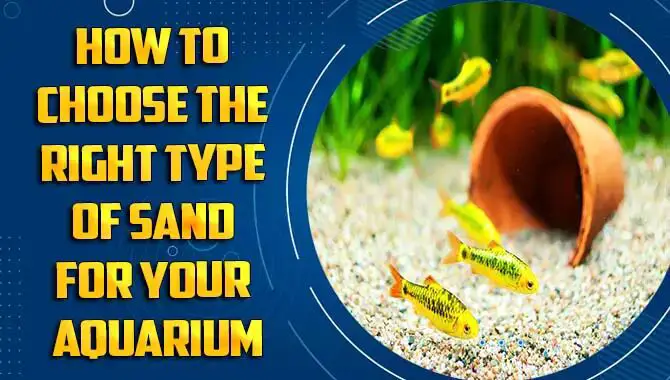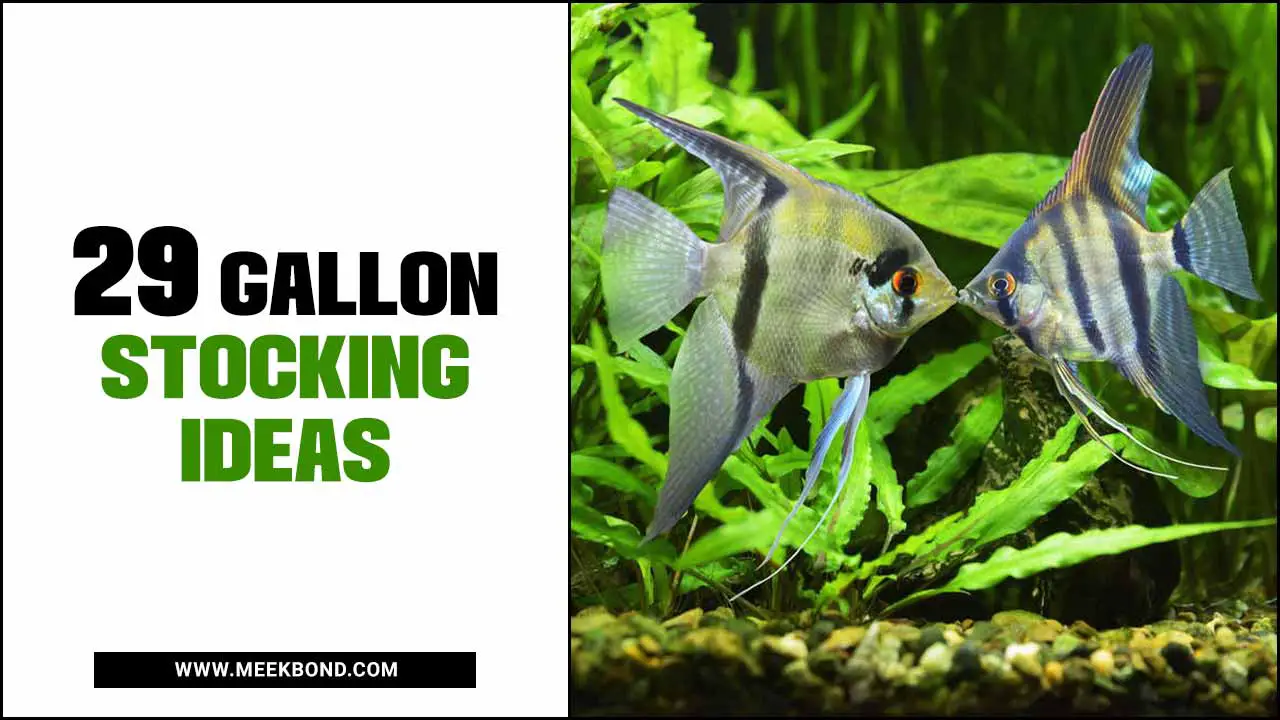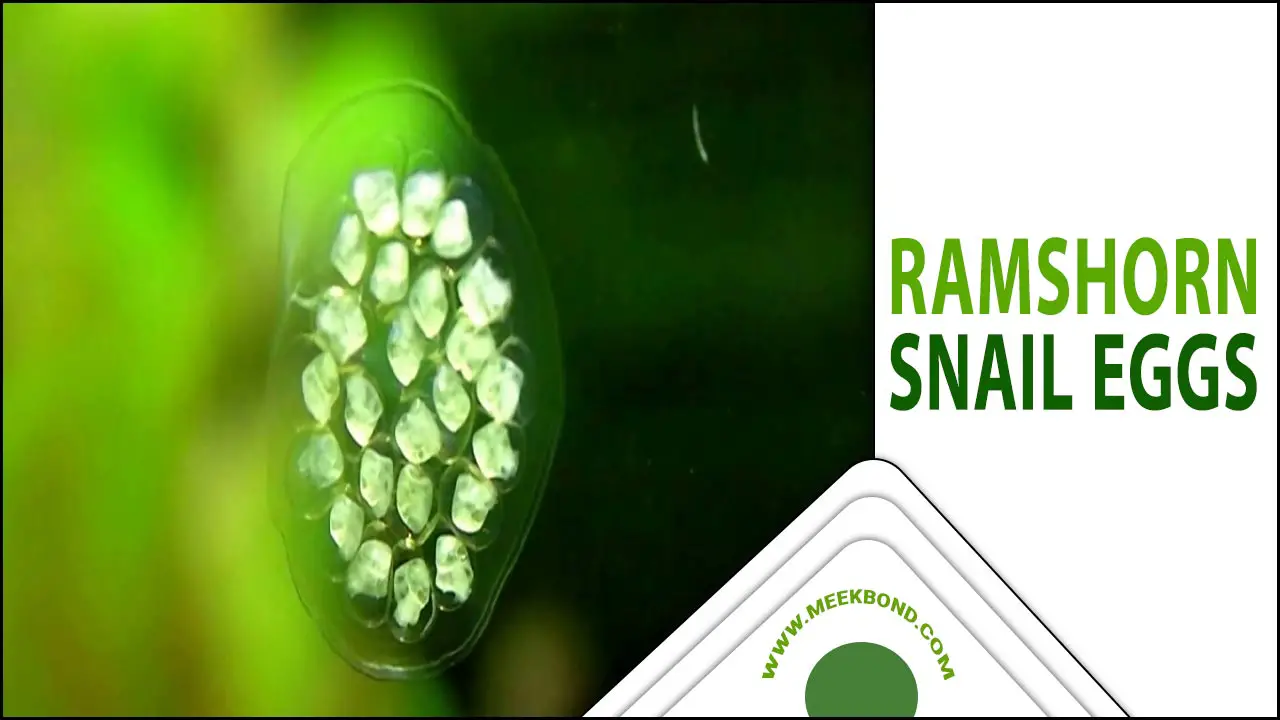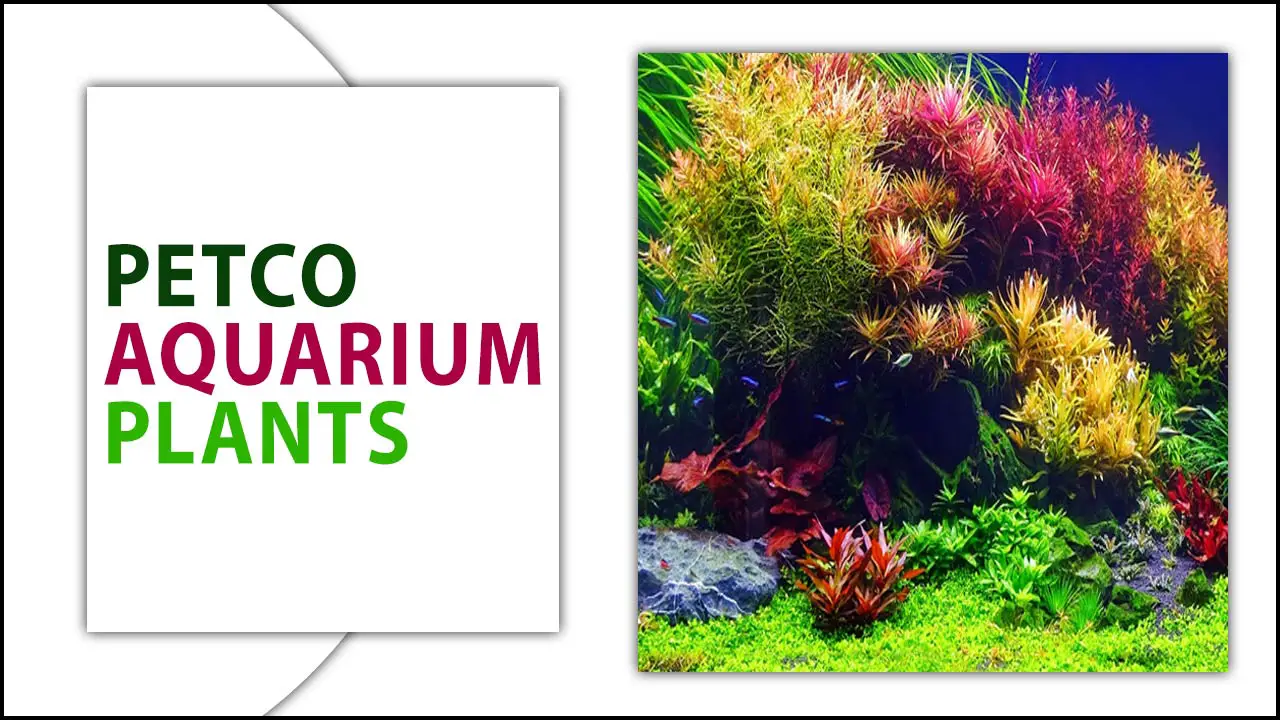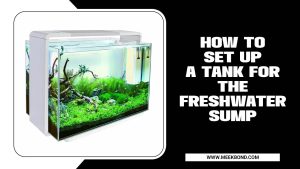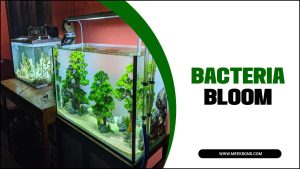Brown algae patches on aquarium plants are a common occurrence. In most cases, brown algae patches are harmless and do not affect plant health. Brown algae can also be a sign of plant diseases or nutrient deficiency.
We will discuss the causes of brown algae on aquatic plants and how to prevent browning in your aquarium. We’ll discuss the causes of browning in aquarium plants and provide tips on preventing it.
We’ll also advise on how to treat browning if it does occur so your plant can return to its usual vibrant color. So read on to learn more about the causes and treatments of aquarium plant browning, and get tips that will help keep your plant healthy and looking great.
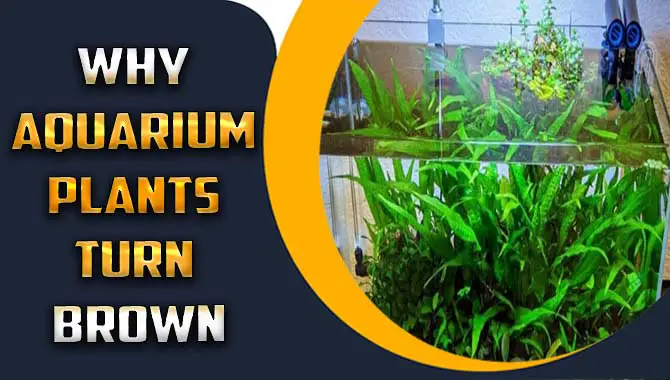
5 Common Causes Why Aquarium Plant Turns Brown
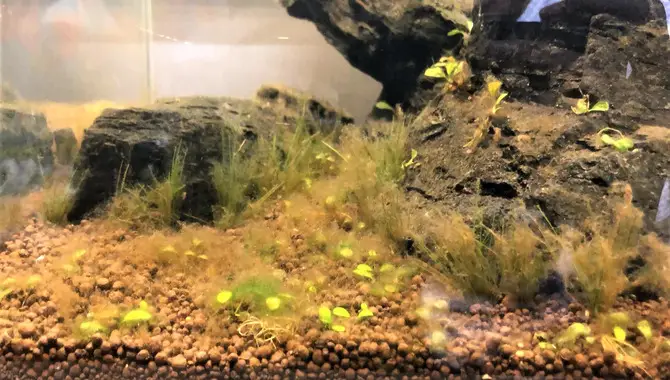
There are a few common causes why aquarium plant turns brown. The most common cause is lack of light, nutrient deficiency, and fungal overgrowth. There are a few reasons why aquarium plants may turn brown and die. Here are the five most common ones:
- Nutrient deficiency: One of the biggest problems with keeping aquarium plants is that they require a lot of nutrients to survive. If your plant doesn’t get enough essential nutrients, it will turn brown and die. You can check your plant’s nutrient levels using a test kit, or by reading the labels of the supplies, you’re using.
- Over-watering: When water is over-circulated in an aquarium, it can be hard for plants to get the oxygen and water they need. This can lead to them turning brown and dying from a lack of oxygenation.
- Poor light: If your tank has low light, your plants will struggle to thrive because they need adequate light to grow properly.
- Fertilizer overdose: Overuse of fertilizer can also cause plant disease or death due to nutrient toxicity. Be sure to use only the amount of fertilizer recommended on the package and never exceed the dosage specified by the manufacturer.
- Yelling or playing music loudly: These activities can damage plants and cause them to turn brown and die. Keep your tank quiet, so your plants can rest and grow healthier.
What Causes Aquarium Plants To Turn Brown?
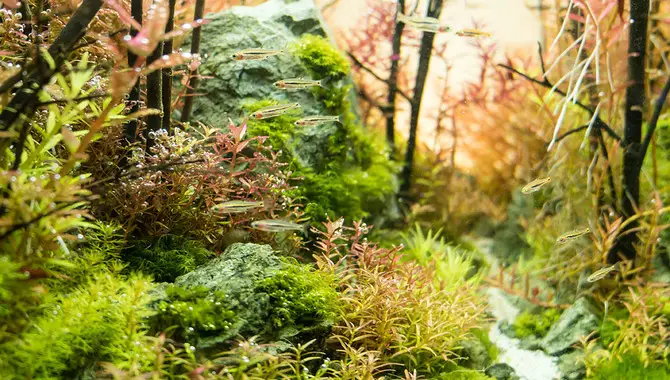
Algae can cause a plant to turn brown. Algae are photosynthetic plants that can cause plants to turn brown as nutrient deficiency, lack of water or over-feeding can cause the plant to become out of balance and develop brown patches. Another common cause of plants turning brown is nutrient deficiency.
Lack of nutrients, such as nitrogen and phosphorus, can lead to brown leaves and stems. When plants don’t have enough nutrients, they cannot use sunlight effectively and become pale in appearance. In extreme cases, nutrient deficiencies can result in the leaves turning brown and dying back.
Water changes also cause plants to turn brown due to excess nitrate or phosphate levels in the water. A lack of water also causes leaves to turn brown. When plants don’t get sufficient light, they may develop brown leaves due to poor lighting conditions or over-lighting. Lastly, fungi can cause plants to turn brown by consuming nutrients or leaves. If a plant is developing fungus, it will appear brown and wilted.
How To Prevent Browning In Aquarium Plants
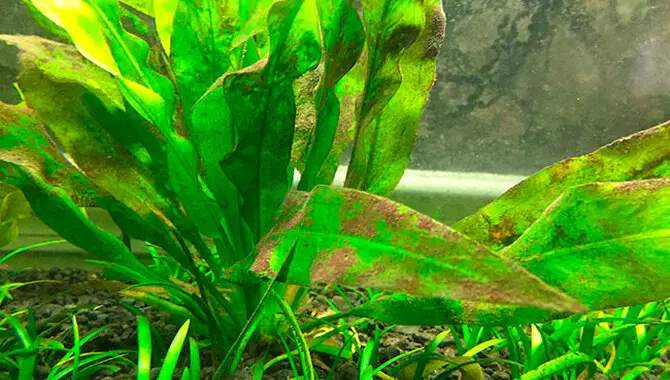
Browning is a process that occurs in plants when they are exposed to too much light. Browning can lead to the death of the plant, and it’s one of the most common problems that aquarium plants face.
There are a few ways you can prevent browning in your aquarium plants:
– Use a dark background for your aquarium plants to help them avoid being overexposed to light.
– Reduce your plants’ direct sunlight by using artificial lighting or shade nets.
– Water your plants regularly so they don’t become saturated and prone to browning.
Tips For Keeping Aquarium Plants Healthy
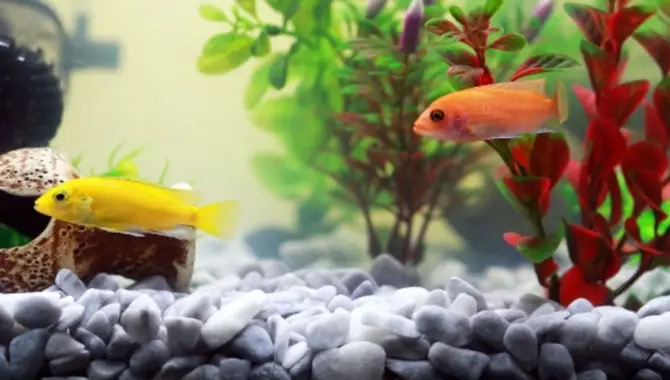
Aquarium plants are vital to any aquatic environment and can provide oxygen, clean water, and plant-based nutrition for aquatic animals. However, aquarium plants can become ill if cared for improperly. Some common problems aquarium plants face include nutrient deficiencies, algae growth, and pH imbalances. To keep aquarium plants healthy and vibrant, follow some basic tips.
Keep aquarium plants well-watered and evenly moistened. Avoid high light and temperature fluctuations, as they may cause nutrient deficiencies and other health problems. Use plant fertilizer sparingly to avoid over-fertilizing the water.
– Remove dead leaves and flowers to prevent algae blooms, as they can release excess nutrients that can harm aquatic plants. – Keep aquarium water clean by regularly siphoning or flushing the tank. This will help remove excess algae, particulate matter, and other impurities that may harm aquatic plants. Following these simple steps ensures that your aquarium plants stay healthy and vibrant for years.
How Do You Treat Browning Aquarium Plants?
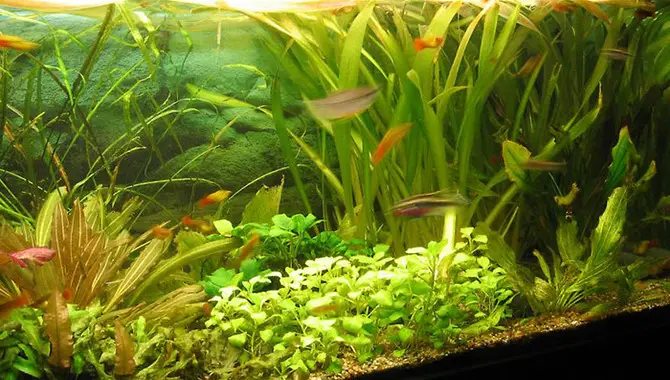
Various factors, including poor lighting, low water levels, and nutrient deficiencies, can cause the browning of aquarium plants. You may need to install a supplemental light source if browning occurs due to poor lighting. You can also use an algae-eating light or a light with a high Kelvin rating to encourage algae growth in aquariums.
To treat browning aquarium plants, you may need to adjust water levels. You can also add supplemental nutrients to help aid plant growth. Sometimes, you may need to change the light schedule or even remove browned aquarium plants from the aquarium.
If browning aquarium plants are due to nutrient deficiencies, you may need to add a high-quality fertilizer or seaweed extract to the water. Finally, if browning aquarium plants are due to low water levels, you may need to increase the water level in your aquarium. By addressing the specific cause of browning, you can prevent browning plants from turning brown in your aquarium.
Home Remedies For Treating Browning Aquarium Plants
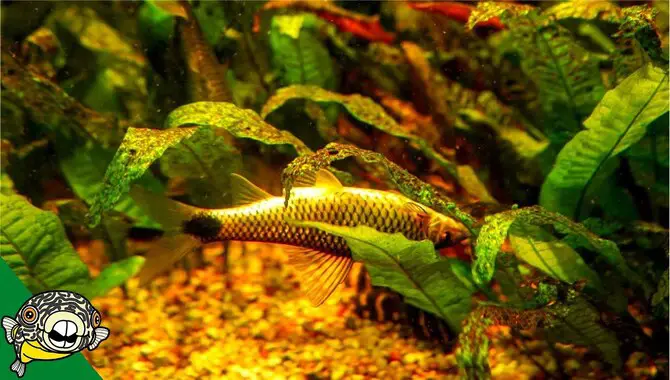
Browning of aquarium plants is a common occurrence. It happens when tank water becomes too acidic or too alkaline, causing the plant to turn brown. This occurs because the plant cells become damaged and cannot absorb nutrients properly.
A common cause of browning aquarium plants is over-watering the plant. Keep an eye on water levels and only water your aquarium plant when the soil is completely dry. You can also reduce fertilizer usage by following nutrient cycles and nitrogen levels marked on aquarium plants. Additionally, inadequate lighting can also lead to browning aquarium plants.
Too much light can lead to algae growth, making aquarium plants look unhealthy and brown. Also, excess fish in your aquatic environment may also cause the browning of aquarium plants. Avoid overfeeding your aquatic plant, as that may result in nutrient deficiencies and brown leaves. Finally, ensure proper disposal of fish food to prevent nutrient runoff into the water.
Possible Causes Of Brown Patches On Aquarium Plants
Nutrient deficiencies most commonly cause brown spots on aquarium plants. Lack of nutrients can result in brown patches on aquarium plants due to the plant’s inability to uptake vital nutrients. Unhealthy water conditions may also cause brown spots on aquarium plants. Poor water quality can lead to brown patches on plant leaves as it causes the plant to lack the minerals and nutrients it needs for healthy growth.
Excess phosphorus can also result in brown spots on aquarium plants, as excess phosphorus can lead to nutrient deficiencies. Also known as brown spot syndrome, this condition results from the interaction of various factors, including water temperature and pH levels, and affects many aquatic plants.
In some cases, brown spot syndrome occurs when aquatic plants are exposed to contaminants such as fertilizer or chlorine, disrupting a plant’s nutrient balance and causing leaves to become discolored or discolored spots on plant leaves.
Conclusion
Browning is a common problem when aquarium plants need more light and nutrients. Several factors, including low light levels, incorrect water chemistry, or insufficient fertilization, can cause this problem. If you notice your aquarium plant starting to turn brown, it is important to take action and correct the problem as soon as possible. Doing so can help ensure that your plant continues to thrive and produce healthy flowers and leaves.
Frequently Asked Questions
What Can I Use To Keep My Aquarium Plant Healthy?
To keep your aquarium plant healthy, you can use some common aquarium plants remedies like water changes, fertilization, and light therapy. Keep an eye on your aquarium plant’s water level and adjust it as necessary. Clean the glass of your aquarium regularly to remove algae and other pollutants.
How Much Should I Feed My Aquarium Plant?
Some aquarium plants will require a specific type of water treatment to thrive. Consult the plant’s care guide for more information on properly watering and feeding your plant. A balanced diet for aquarium plants includes aquatic and terrestrial elements. This means they should receive water and food from the water column and as ground substrate.
Should I Fertilize My Aquarium Plant Or Not?
There is no definitive answer to this question, as it depends on the individual aquarium plant and its specific needs. Some people recommend fertilizing aquarium plants, while others do not. Ultimately, it is up to the individual aquarium plant owner to decide whether they want to fertilize it.
How Often Should I Change The Water In My Aquarium Tank, And How Much Should It Be Changed Every Week?
Iodine is a common mineral that is required for the growth of aquatic plants and algae. When it enters the water system, it creates a toxic environment for fish and other aquatic creatures. Changing the water in an aquarium tank every two weeks is also necessary to ensure proper water quality.
Why Are My Aquarium Plants Turning Brown, And What Should I Do About It?
Brown alga is a common problem in aquariums, and it can be caused by water chemistry, poor lighting, or overfeeding. To combat brown algae, you can adjust your water chemistry, increase light exposure, or reduce feedings.

Aquarium passion is all about connecting with the aquatic life and providing education to the public on the importance of these creatures. We showcase a wide variety of marine life through our exhibits as well as working with schools to provide unique learning opportunities for students of all ages.

